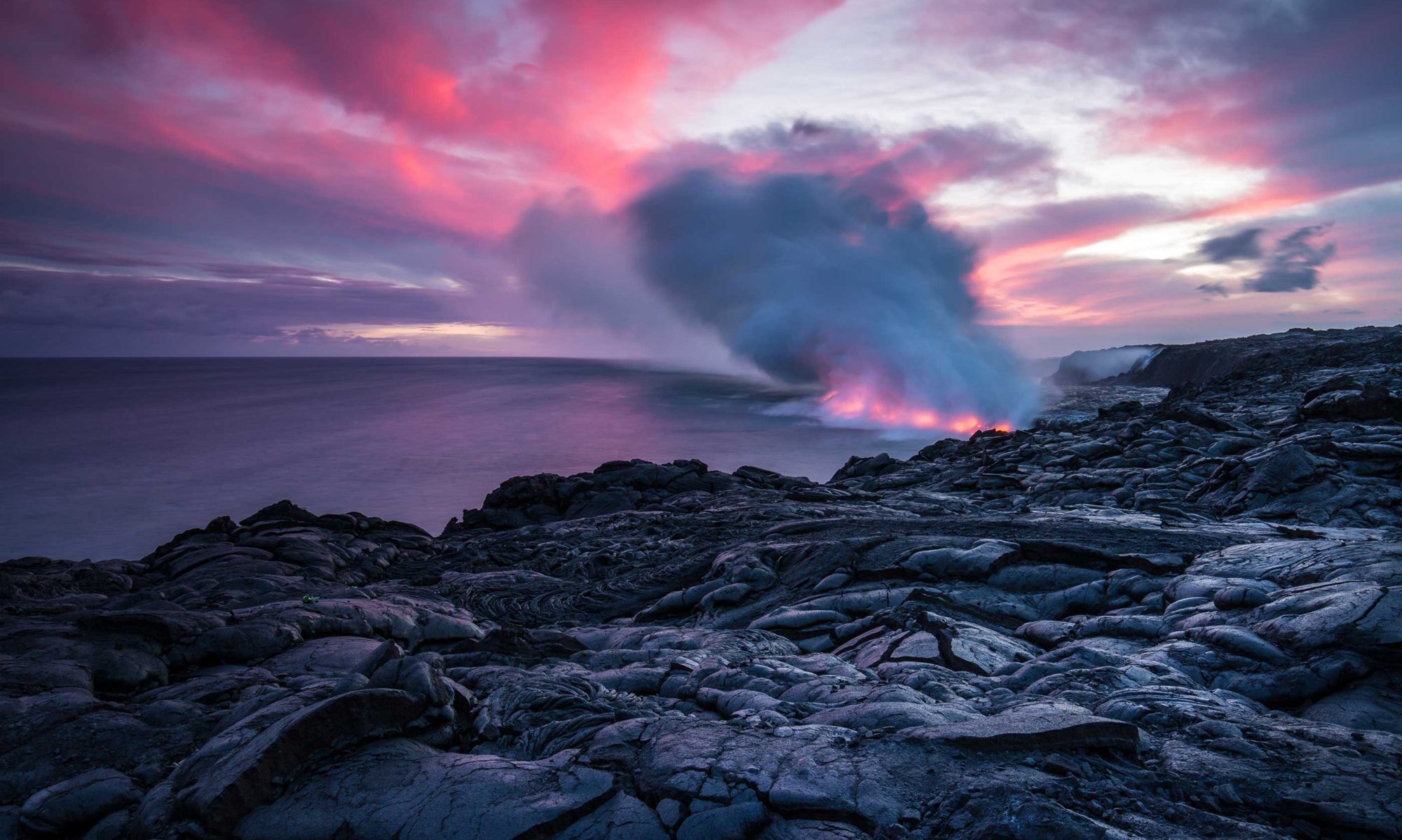Taking Earth’s inner temperature
The Earth’s sprawling ocean ridge system is a result of overturning material in its interior, where boiling temperatures can melt and eject rocks up through the crust, splitting the sea floor and reshaping the planet’s surface over hundreds of millions of years.

